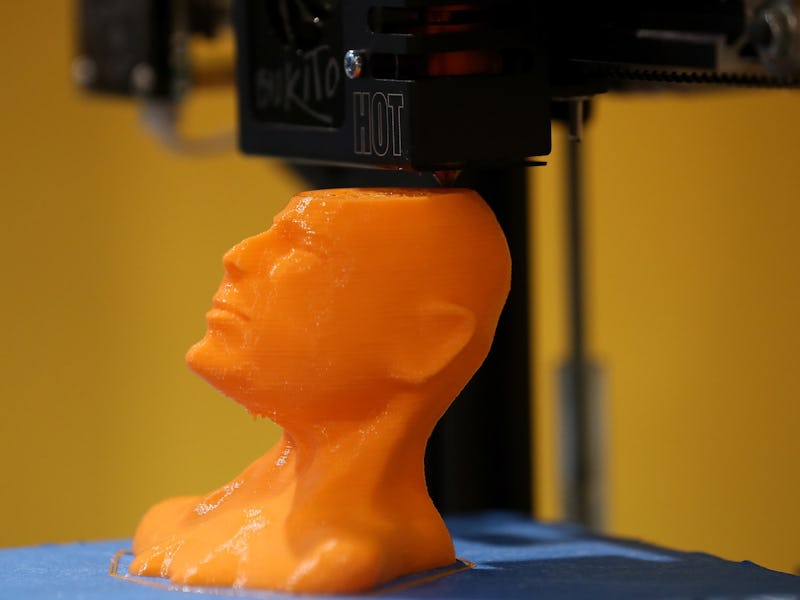The Reason 3D Printing Could Be Huge -- Huge! -- by 2025 Has to Do with Privacy
"Think of the adult toy industry alone."

The first time intellectual property attorney John Hornick saw a 3D printer at work, he thought it was a joke. It wasn’t until a friend at Johns Hopkins University convinced him that the tech was the real deal that Hornick took a deep dive into how 3D printing machines could change the world.
Hornick’s findings are collected in the new book, 3D Printing Will Rock the World, and below he tells Inverse exactly how most people may own a 3D printer by 2025, no matter how implausible that seems now.
How’d you start down the 3D rabbit hole?
I’m an intellectual property attorney. And as I looked into it, people in the industry had written articles about property rights issues but they never said what they were. I started digging in, and, one, realized there were IP issues and, two, that I should formalize a practice in this area. As I got deeper into it, I got far beyond the law, and saw the potential for the industry and creating jobs.
As an IP attorney, you have to see the danger in this technology.
I’ve kind of developed this concept I call 3D printing away from control — being able to make things without anyone being able to control it. This was the idea Cody Wilson was experimenting with when he 3D-printed a gun.
Do you think people understand how much 3D printing could change the world?
A lot of people just think you’re talking about the machines that mass-produce Yoda heads. 3D printing eliminates those traditional restrictions on manufacturing. Eventually, science and nature will merge and we’ll start to see products that look very different from existing products. The designs are going to become much more organic in nature. Things will look grown rather than built.
How is that going to affect our old-school business models?
3D printing as manufacturing can and will disrupt exiting supply chains. The turn will be toward regional manufacturing. So instead of mass-production in low labor cost countries, 3D printing will lend itself to the regional manufacturing making things closer to where they’re needed and shipping them from there. It’ll have a profound effect on the supply chain and on jobs.
What kind of effect?
Today, you have big factories in countries where labor costs are low. But if you can make the entire product in one build, in one machine, instead of five or 10 machines, you have one machine that’s run by one person. That lowers labor costs. When you combine that with robotics we’re looking at factories where there are no people. So that’s bringing manufacturing back to the United States. So, what does that mean for jobs? The analogy is the horse. The auto came along and those jobs raising and taking care of horses were lost, but think of the newly created jobs. Maybe you’d have a factory full of 3D printers in your own town, and maybe there are only a few people working there, but the jobs will be with companies that use printers.
It sounds like we’d also be eliminating a lot of unskilled labor.*
Jobs in the future are really for people having some kind of skill training and education. On the other hand, for all of human existence, besides maybe the 100 years, we were builders instead of makers. Carpenters, woodworkers, cooks. There are all kinds of people out there who make things. 3D printing will satisfy that part of us that wants to build.
But it’s not all good stuff. You have people 3D-printing guns, looking to steal designs. You can make some scary stuff.
Yeah they are a tool for counterfeiters and there are some unsavory people out there who’ve used it to make false fronts for ATM machines and guns being 3D printed. There will be more and more of that.
You say you think every home will have a 3D printer by 2025. How did you reach that optimistic date?
I know it seems optimistic, but think about how fast tech evolves now. As far back as the 1980s, people would say that not everyone would have a standard 2D printer in the home, but now virtually everyone has one. And there’s going to be a company that’s going to want to sell it to you. And I’m not just talking about making tools, it’s going to be great for privacy. Think of the adult toy industry. That’s a $15 billion annual industry, and that is a perfect industry for 3D printing at home because of the privacy aspect.
This interview has been edited for brevity and clarity.